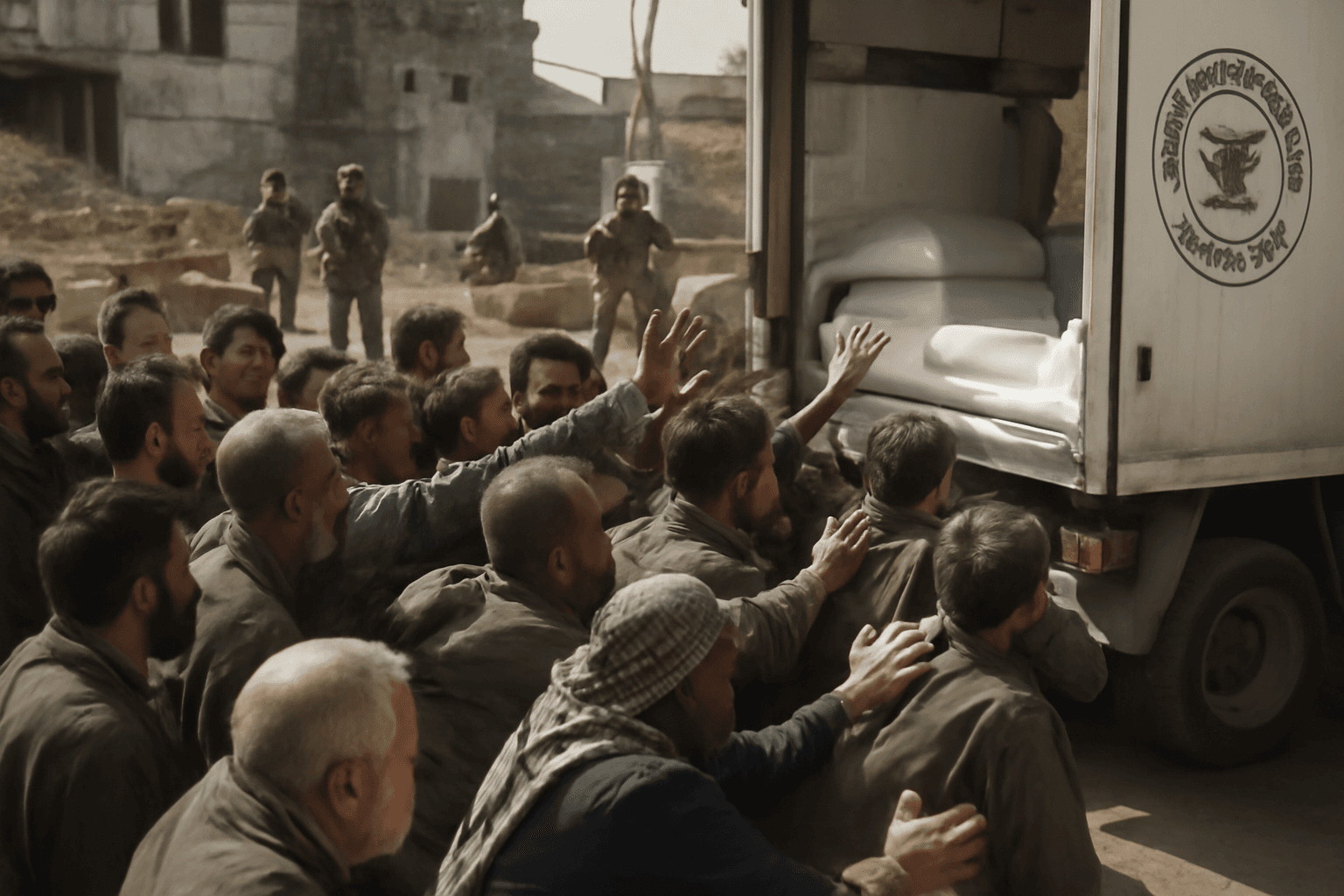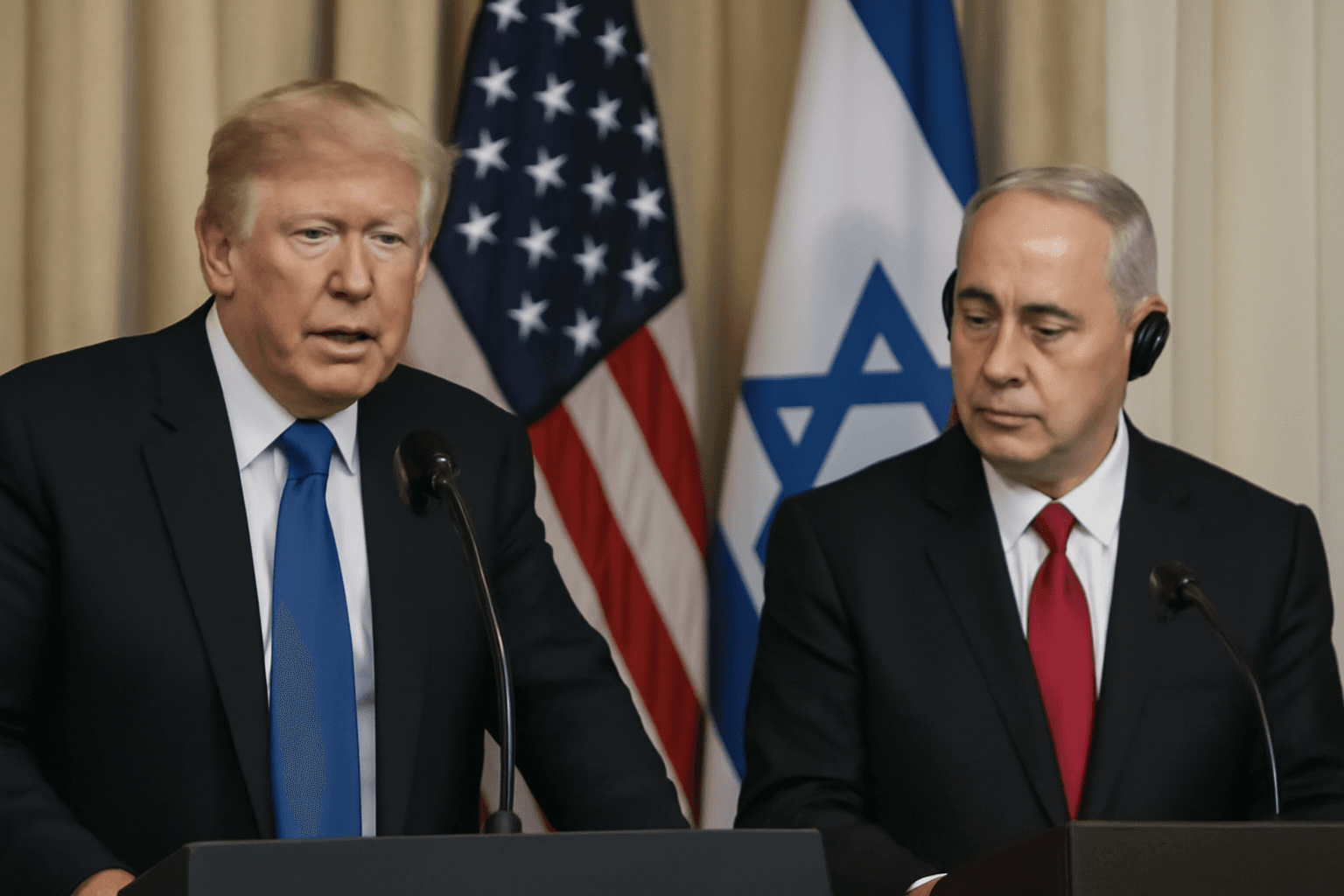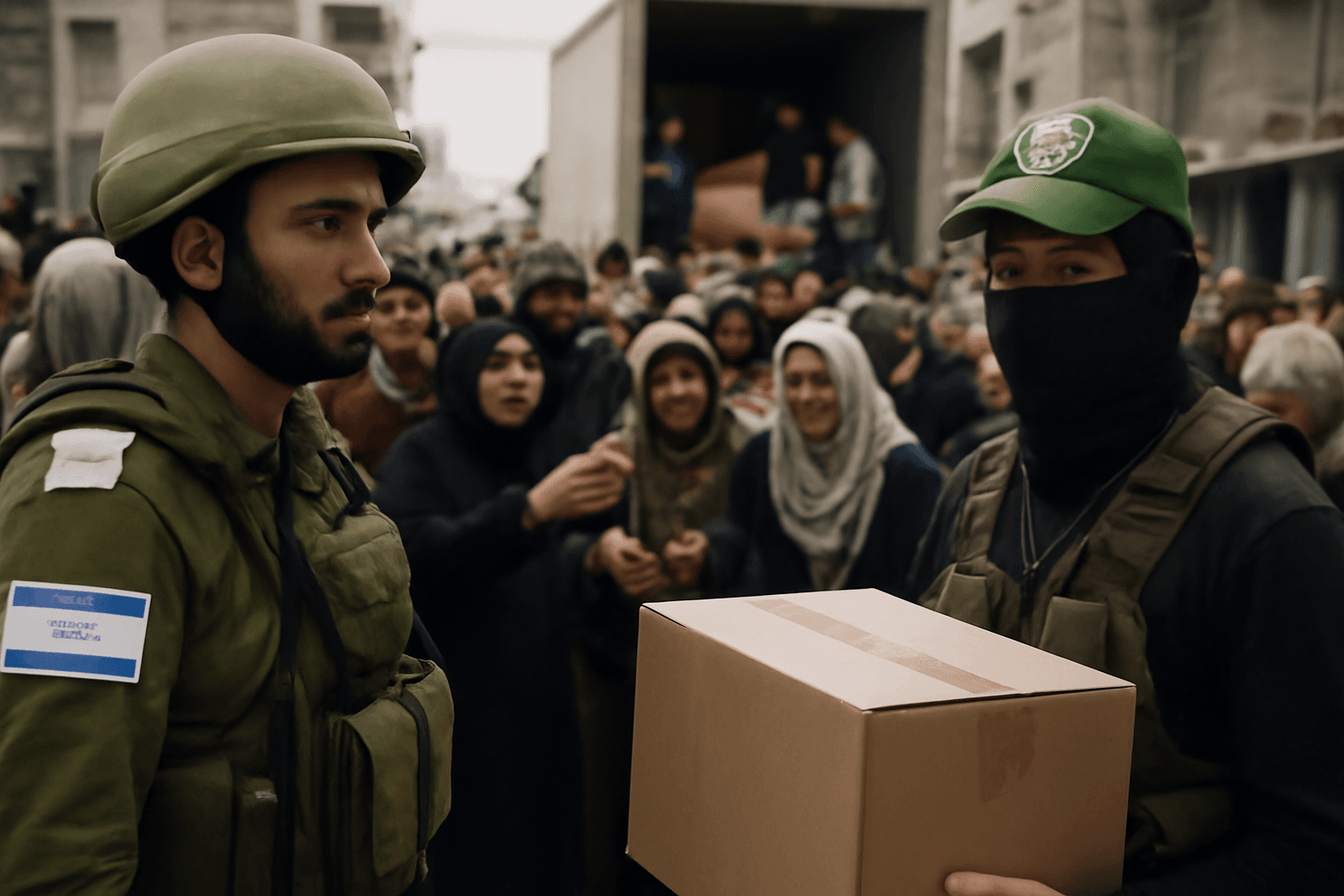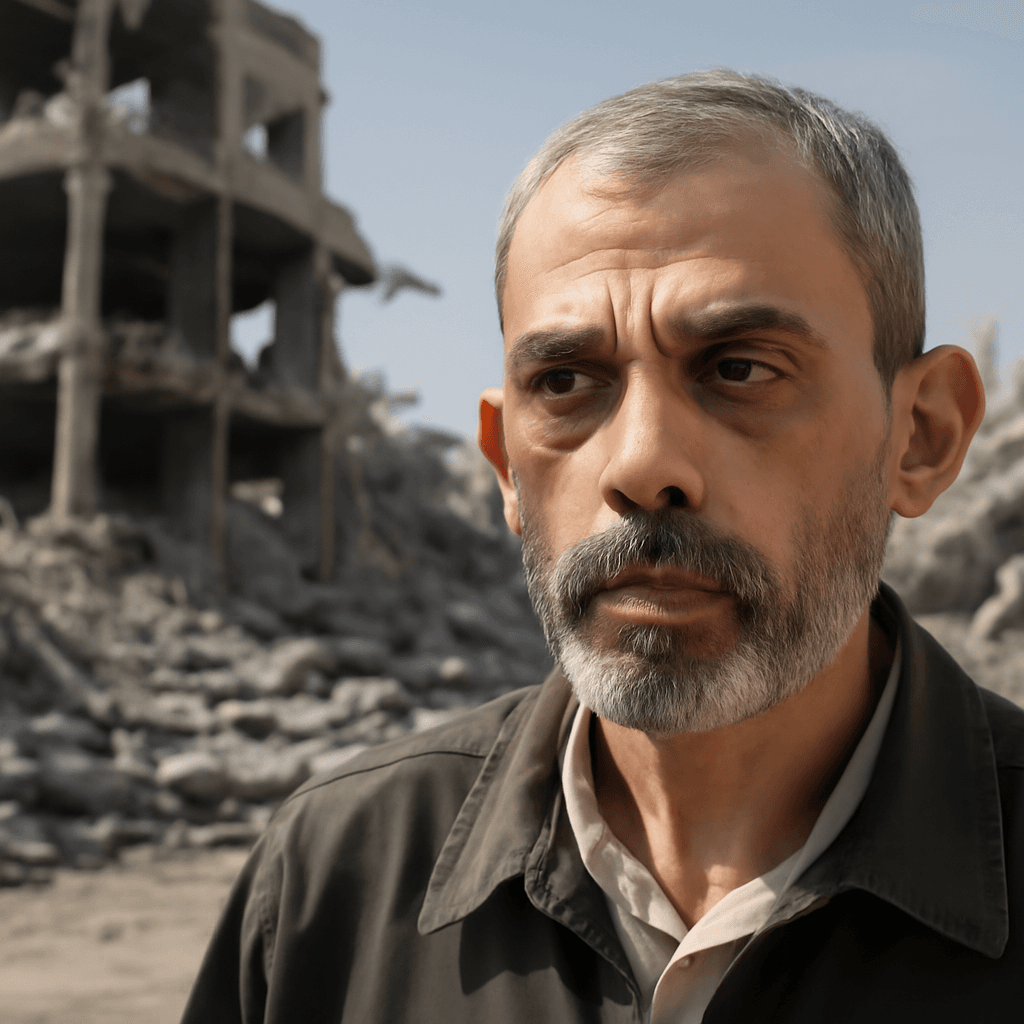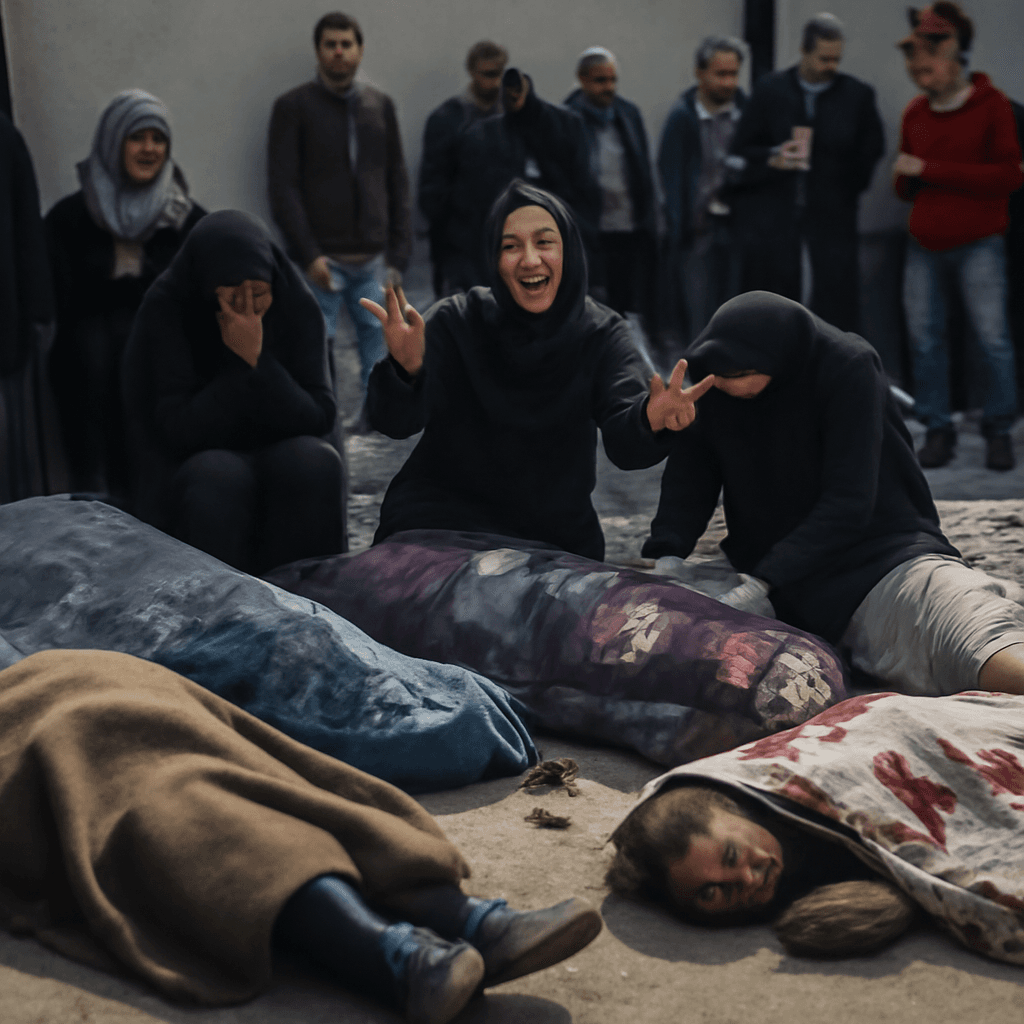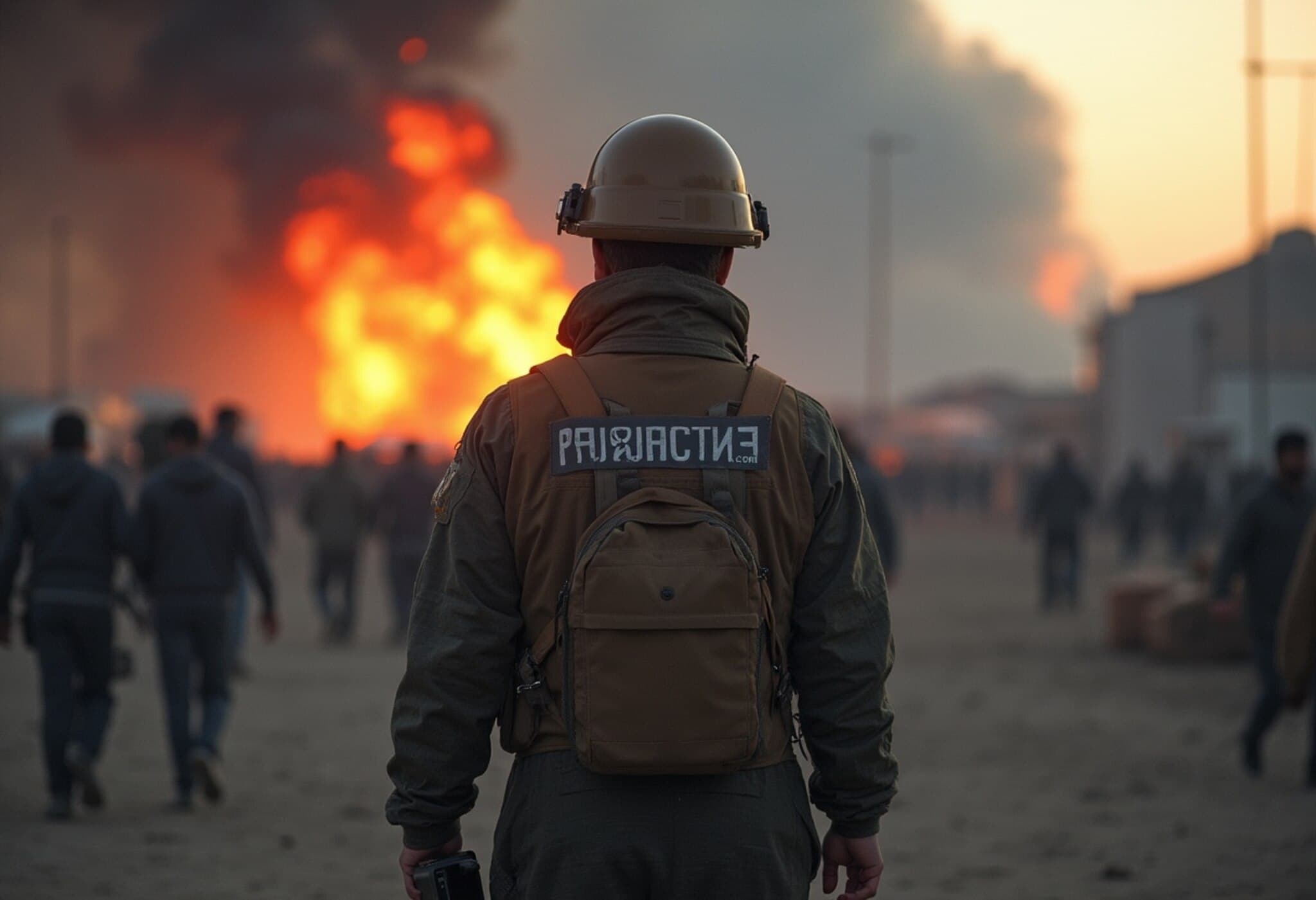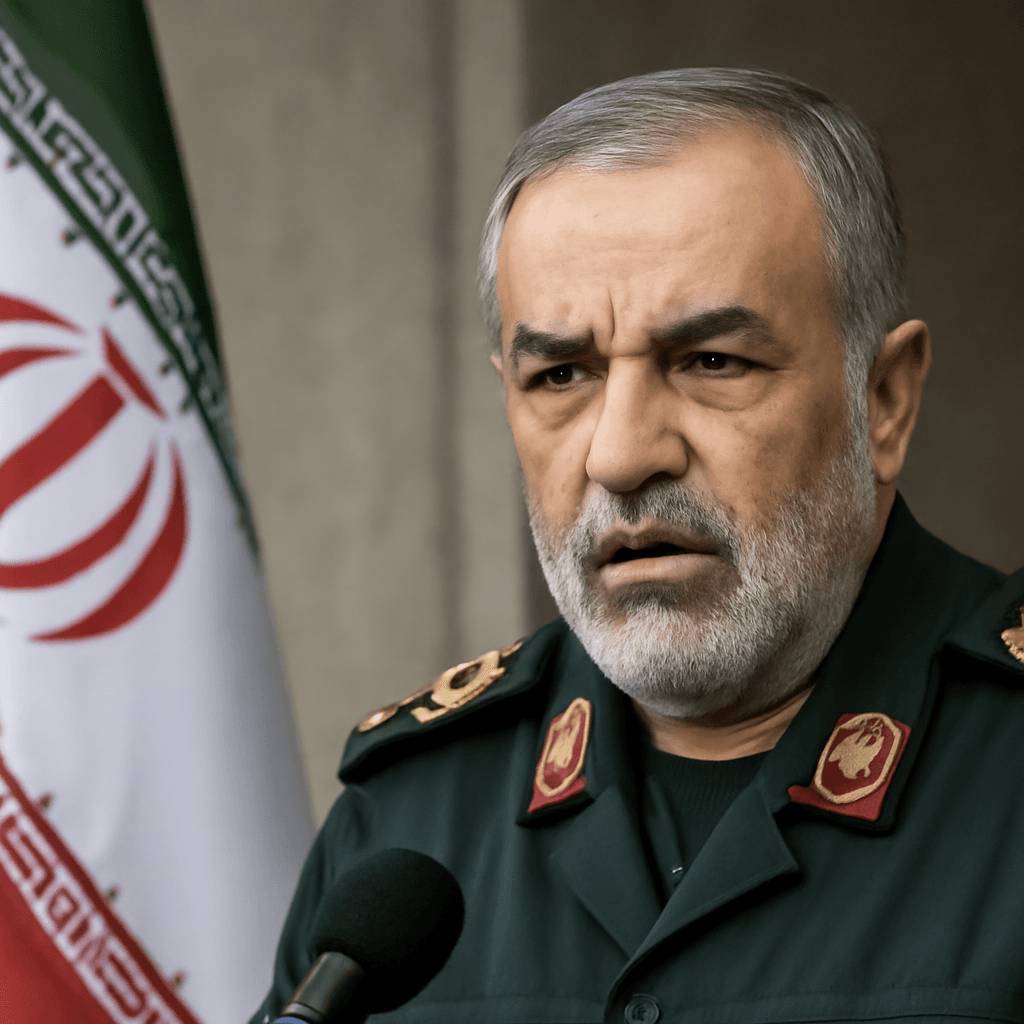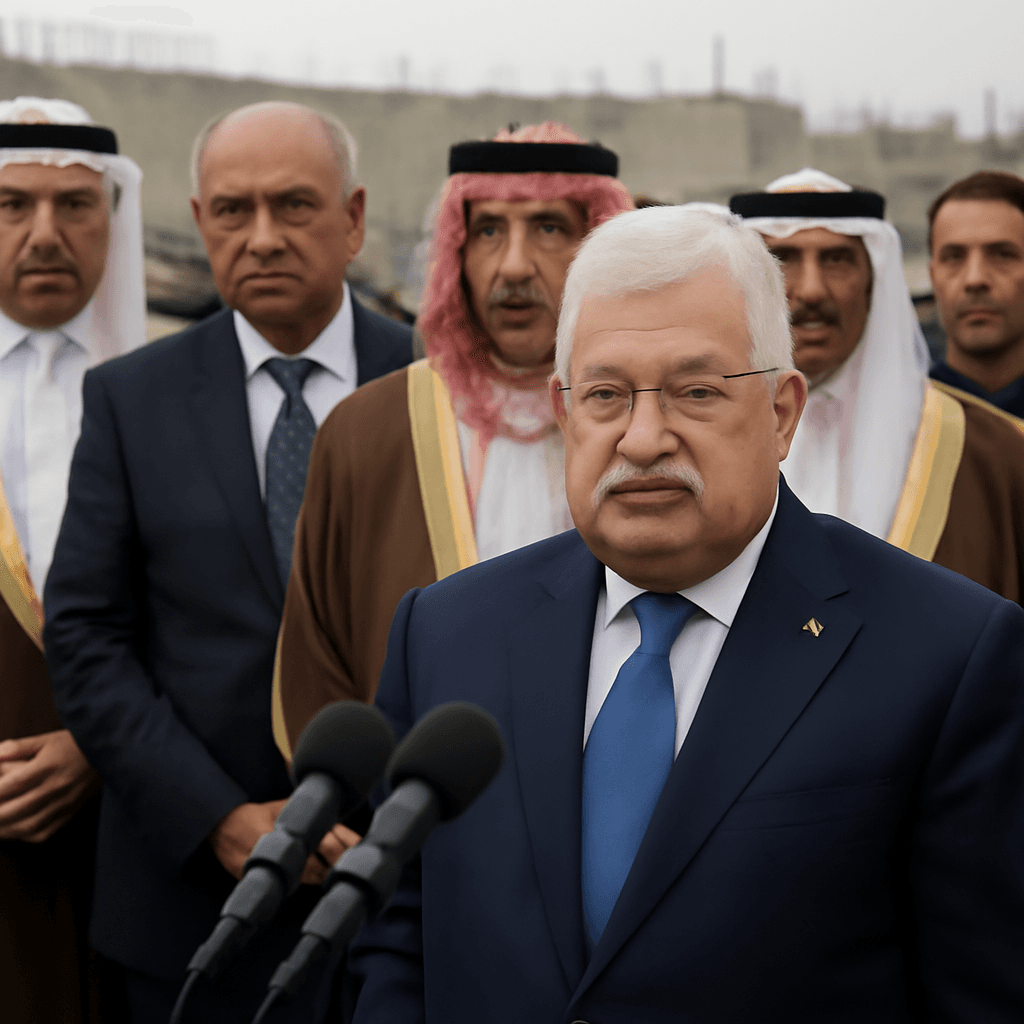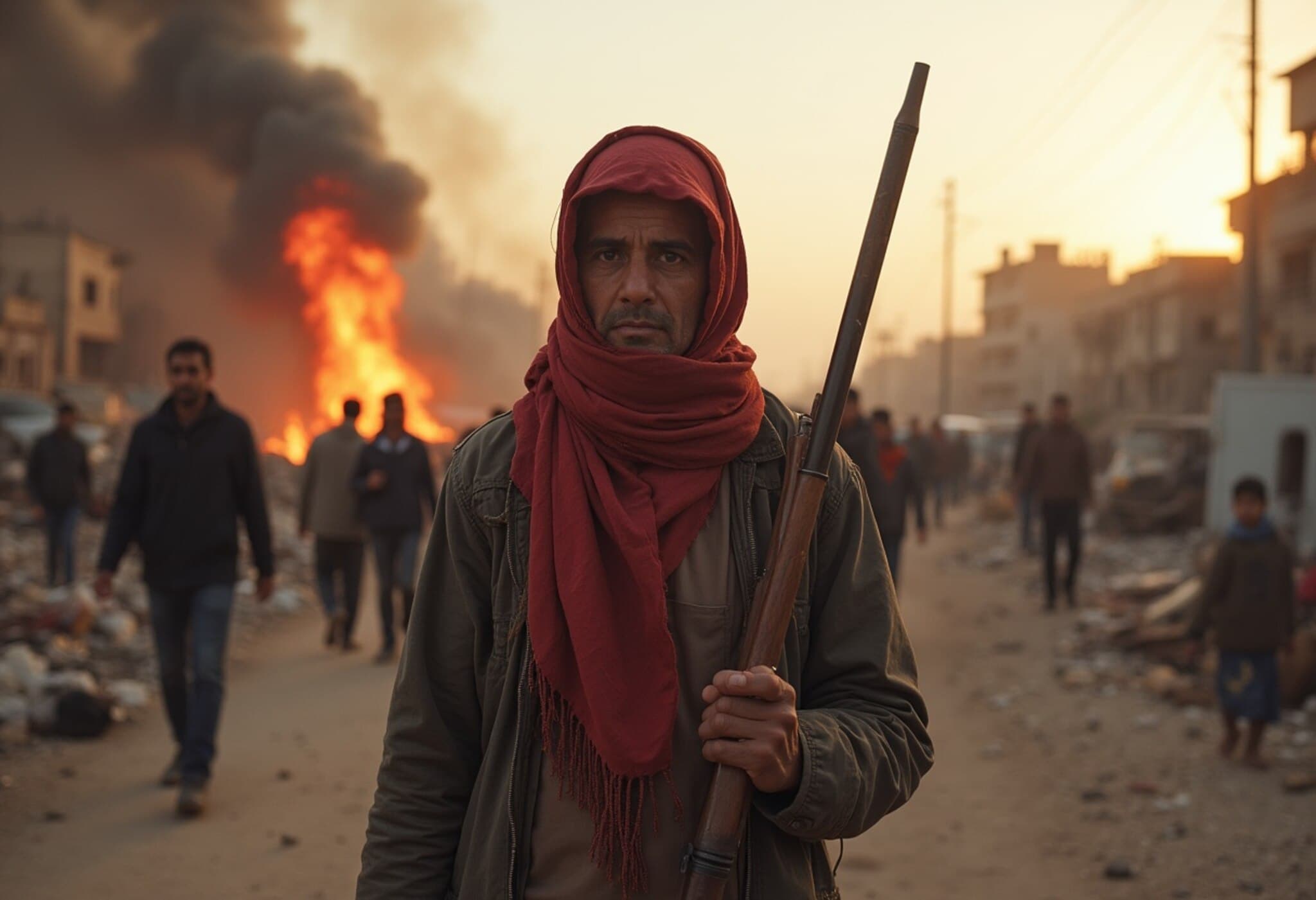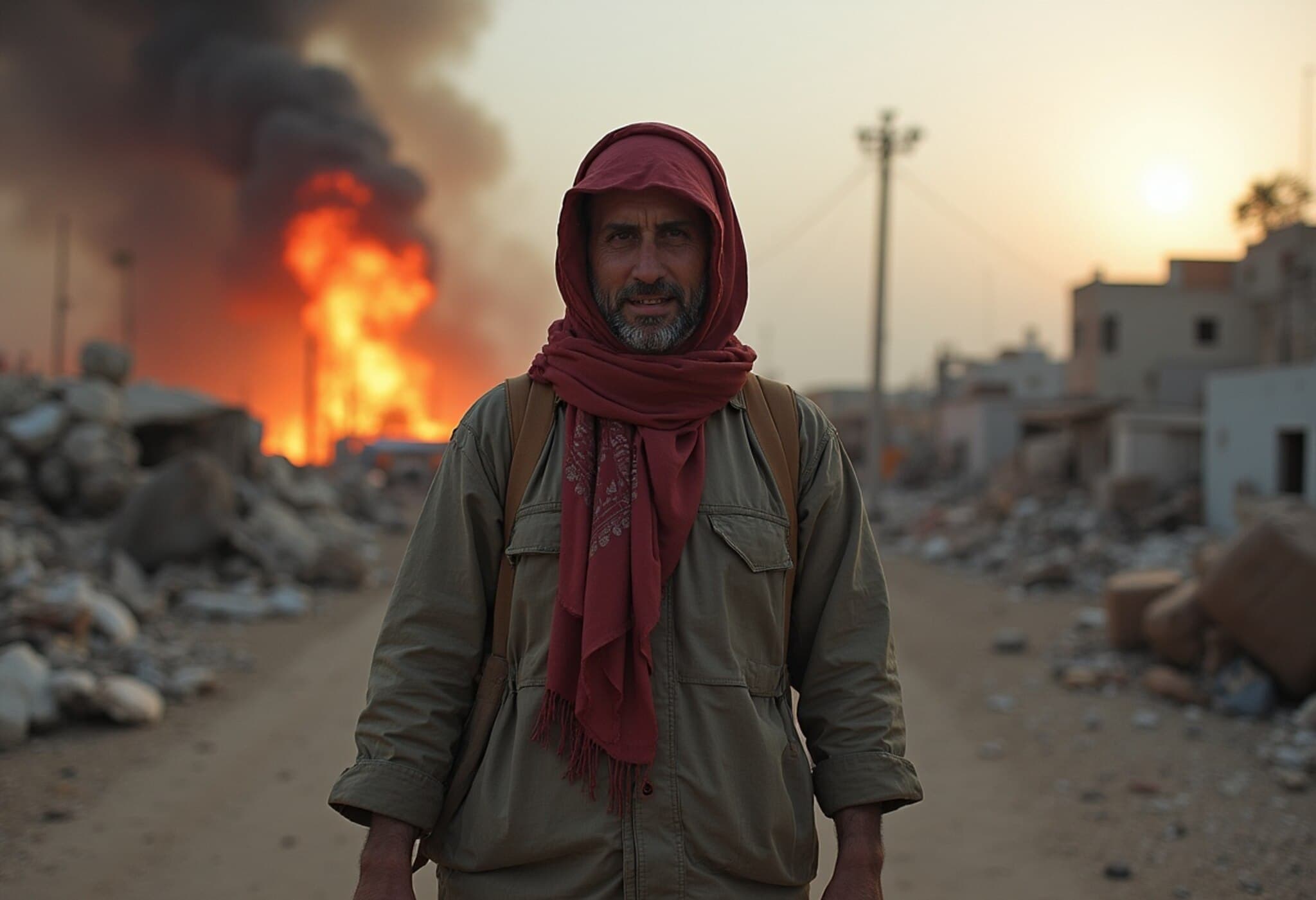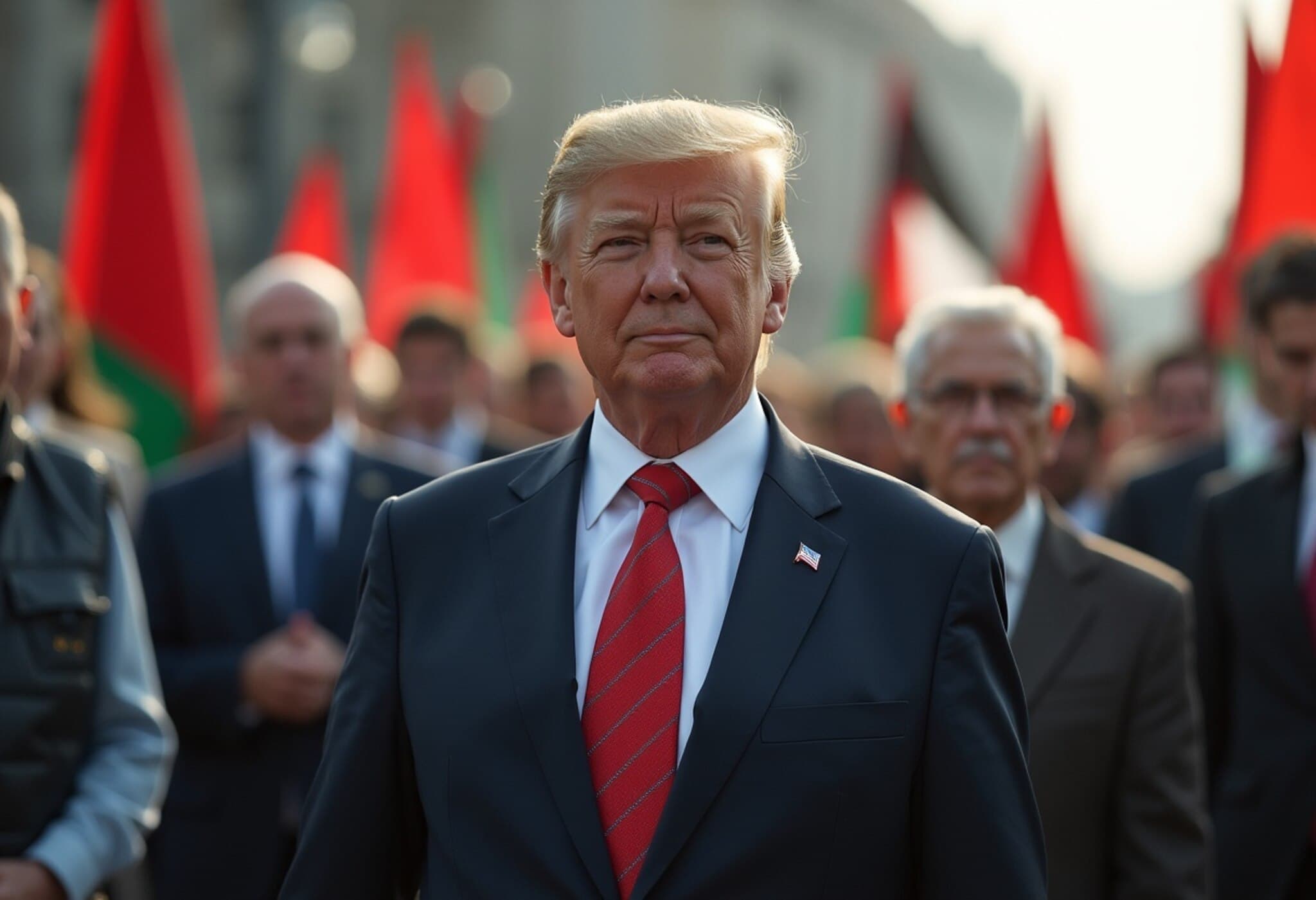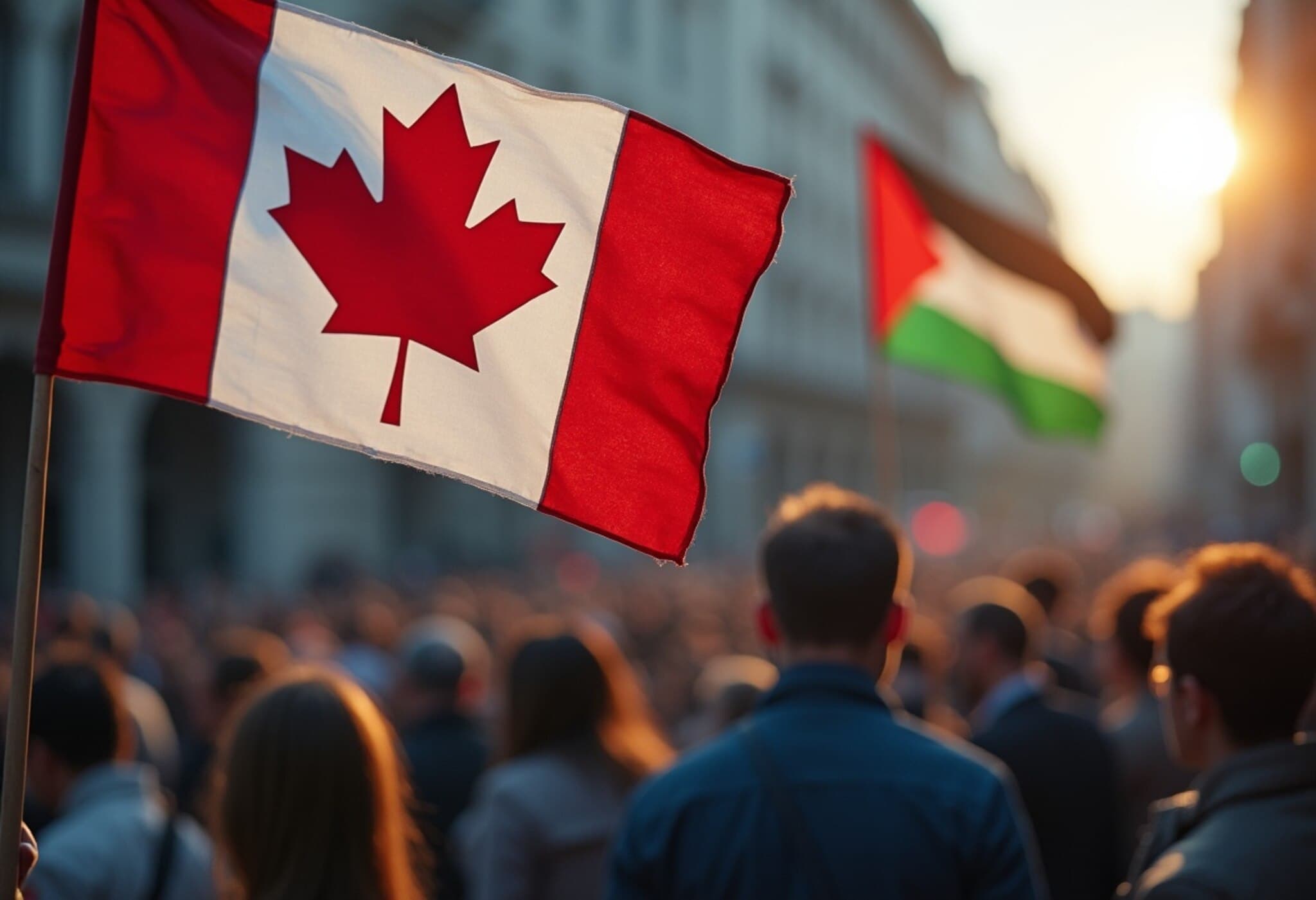Understanding Gaza’s Humanitarian Catastrophe
Since March 2025, approximately 2 million Palestinians have found themselves confined within just 12 percent of Gaza's territory, grappling with an acute shortage of basic necessities amid an intensifying blockade. The tragedy has unfolded against the backdrop of a controversial, US-backed aid distribution system intended to prevent Hamas from exploiting humanitarian deliveries. Instead, this strategy has precipitated a grave crisis marked by widespread starvation, violent confrontations at aid points, and profound political upheaval.
The Aid Distribution Conundrum: Between Security and Survival
In an effort to curtail allegations that Hamas had seized and profited from international aid, Israel introduced the Gaza Humanitarian Foundation (GHF) – a mechanism reportedly staffed by Israeli troops and American contractors to oversee aid deliveries. However, the result has been far from the intended humanitarian relief.
- More than 1,000 Palestinians have been killed attempting to access aid since May 2025.
- Only an average of 28 aid trucks enter Gaza daily – insufficient for the population’s needs.
- Food prices have soared; staples such as flour now cost upwards of $53 per kilo, placing them out of reach for many.
- Tragically, 19 children died of starvation in a single day during this crisis.
Health officials in Gaza, including the local Ministry of Health (under Hamas control), have documented these devastating outcomes, while the United Nations and international aid agencies have contested Israeli claims of systematic aid theft by Hamas. This discord raises critical questions about the intersection of humanitarian principles and military objectives.
The Human Toll: Stories from the Ground
At the heart of the crisis are ordinary Palestinians, whose daily reality is marred by hunger and insecurity.
Rabiha Abdel Aziz, a 75-year-old mother of nine, recounts the heartbreaking struggle in a western Gaza displacement camp: “My grandchildren wake up asking for bread we cannot afford… We are dying of hunger and bombing.”
Likewise, Salem Jehad, a father of four, shares the grim outcome of declining nutrition: “All my children have lost half their weight. Two years without work, scarce aid, people collapse in the streets from weakness and hunger.” These narratives underscore not just a crisis of material deprivation but a profound erosion of dignity and human resilience.
How Hamas’ Financial and Organizational Capacity Has Been Undermined
The new aid restrictions and intense Israeli strikes have left Hamas confronting its worst financial crisis in decades. Once buoyed by funding from Iran, Qatar, and internal taxation from cross-border trade, these resources have dwindled.
According to Israeli and independent security analysts:
- Hamas can no longer reliably pay salaries to fighters, police, or ministry officials.
- Its network of tunnels, a strategic asset, has suffered extensive damage.
- Senior commanders, including former leader Yahya Sinwar—killed last October—have been decimated.
A former intelligence official noted that Hamas’s operational structure in Gaza has largely fragmented into independent militias engaging in guerrilla warfare, signaling a shift from conventional leadership to decentralized resistance.
Strategic Miscalculations and International Reactions
Commentators like Ahmed Fouad Alkhatib of Realign for Palestine argue Hamas relied heavily on the population’s suffering to pressure for an end to conflict. When this approach failed, the group intensified its tactics without alternative strategies, entrenching Gaza’s humanitarian plight.
Internationally, the response has been one of growing concern and condemnation:
- Twenty-eight countries, including the United Kingdom, openly criticized the Israeli-managed aid model as “dangerous” and “depriving Gazans of human dignity.”
- The UN Human Rights Office and multiple aid agencies called attention to the “horrifying” deaths and escalating instability caused by the current approach.
Indeed, the blockade’s humanitarian consequences have prompted urgent calls for revisiting aid protocols to prioritize civilian safety and equitable access over political leverage.
Looking Ahead: Challenges in Truce Negotiations and Gaza's Future
Efforts toward a 60-day truce and hostage release are ongoing with indirect talks taking place in Doha. Yet, these discussions face challenges, notably communication breakdowns between Hamas representatives abroad and operatives within Gaza.
Israeli intelligence analysts observe a pronounced shift of Hamas’s power base from Gaza to external leadership hubs, such as Qatar, complicating prospects for local ceasefires or governance stabilization.
Meanwhile, the people of Gaza continue to endure a dual siege: externally imposed scarcity and internal fragmentation. Without urgent and thoughtful policy redesign, the Strip is at risk of prolonged humanitarian emergency and intractable conflict.
Expert Insight: The Complex Nexus of Security and Humanitarian Needs
Balancing legitimate security concerns with humanitarian imperatives remains a formidable challenge. The Gaza aid crisis illustrates the pitfalls of securitizing aid distribution, where military and political objectives overshadow civilian welfare. Experts urge international actors to:
- Enhance transparency and accountability in aid delivery, engaging neutral multilateral agencies.
- Facilitate local community involvement to ensure fair access and reduce violence at distribution points.
- Prioritize sustainable economic support measures that empower Gazans beyond crisis relief.
- Renew diplomatic efforts to address both the human and political dimensions of the conflict.
Failing to act risks perpetuating a cycle of suffering that further destabilizes an already volatile region with repercussions extending far beyond Gaza’s borders.


